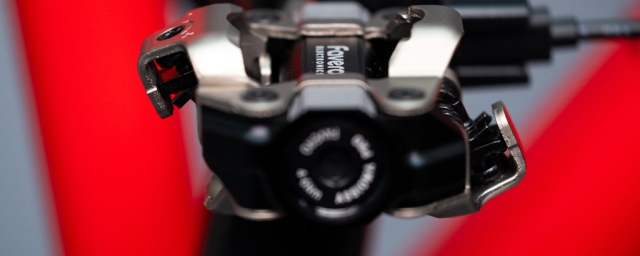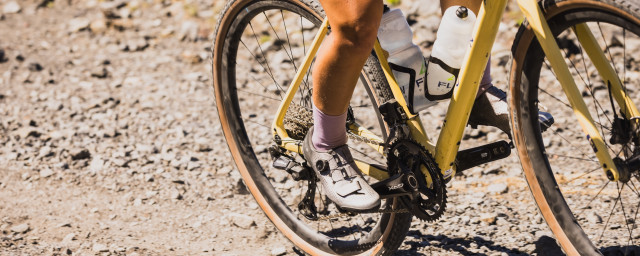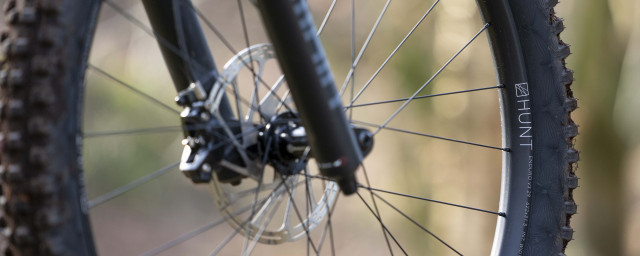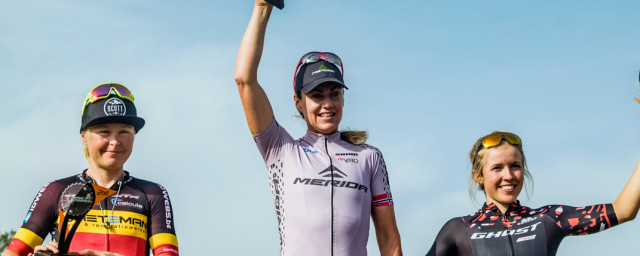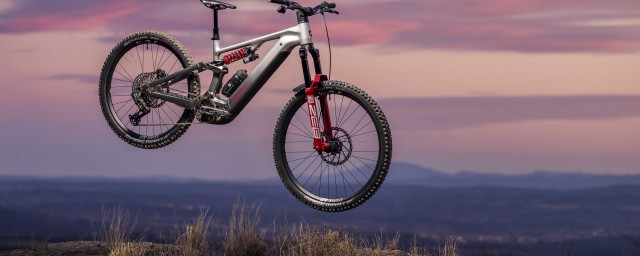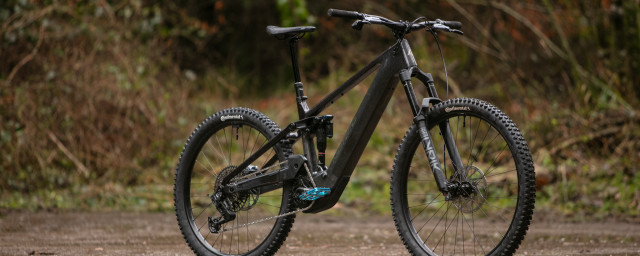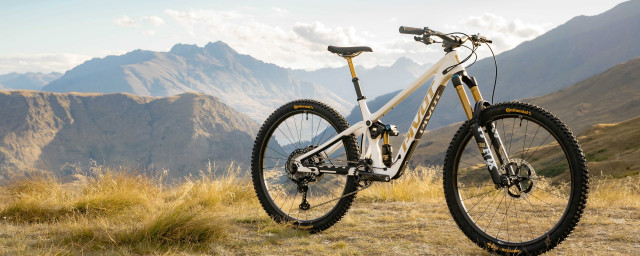Additive manufacturing spells new grounds for Deviate Cycles

Additive manufacturing is something we've seen an increasing number of brands turn to for myriad reasons. Atherton Bikes chose the method in order to offer customisable geometries, while others opt for it as a cost-effective way of prototyping. Scottish brand, Deviate Cycles is doing it for a very different reason. It wants to bring manufacturing into the UK while putting the heat on Asian manufacturers. We chatted with Ben Jones from the brand to learn more about its aims.
- Buyer’s guide to mountain bike saddles - get the best saddle for your MTB
- Best trail and enduro mountain bike tyres you can buy - tried and tested hard-hitting rubber
At Eurobike 2023, Deviate showed off its latest prototype dubbed the Lowlander. This concept is aimed to be an aggressive downcountry bike with 125mm of rear travel coupled with progressive geometry. While nothing is set in stone yet regarding the bike's shape, we're told we can expect close to a 66.5-degree head angle and upwards of a 470mm reach.
Seeing Deviate bring its idler pulley know-how to a short-travel platform is exciting enough but what's very interesting is that the brand has used additive manufacturing on this frame, and it has its sights set o using the manufacturing technique for production.
The bike we spotted at Eurobike is the second prototype that was used to further explore what additive manufacturing could offer. The first prototype was a 100% titanium version of the existing Highlander (pictures). This was made by welding titanium tubes to 3D-printed titanium lugs. While we're told this bike rides well and is reasonably light, it costs around £8,000 to make a single frame.
Not only was this technique expensive, but it was hard to get right and, with an ambition to design for manufacture, Deviate decided that this wasn't the way to go. Enter stage right, the Lowlander prototype, which is built with a carbon seat tube and titanium tubes elsewhere that are bonded into 3D-printed titanium lugs. However, Deviate is looking to experiment with all carbon tubes into titanium lugs.
Though what sets Deviate Cycles apart from the likes of Atherton Bikes is that it's using a 3D printing method called CMF or cold metal fusion. Deviate says that the machines required to print using CMF are much cheaper as they don't need to create support structures while printing. This drops the cost of labour but importantly for the brand, there's much less waste involved, thus Deviate can lower the cost of the final bike.
All of this has been pursued with the end goal of bringing all of Deviate's manufacturing in-house, in the UK. The brand also hopes to be cost-competitive with Asian manufacturers but all while offering more to the customers, with the big advantage being superior ride quality and much tighter quality control. Then frames can be recycled, improving the eco-footprint.
However, what's important is that bikes or frame components don't have to be shipped across the world as bikes can be made to order. All Deviate will need to keep stock of is titanium powder and carbon tubes.
We expect Deviate to bring a bike (or two) using this method of construction to the market in around three years - all without upping the price compared to existing models. Deviate's long-term plan is to create its full range of bikes using additive manufacturing.








